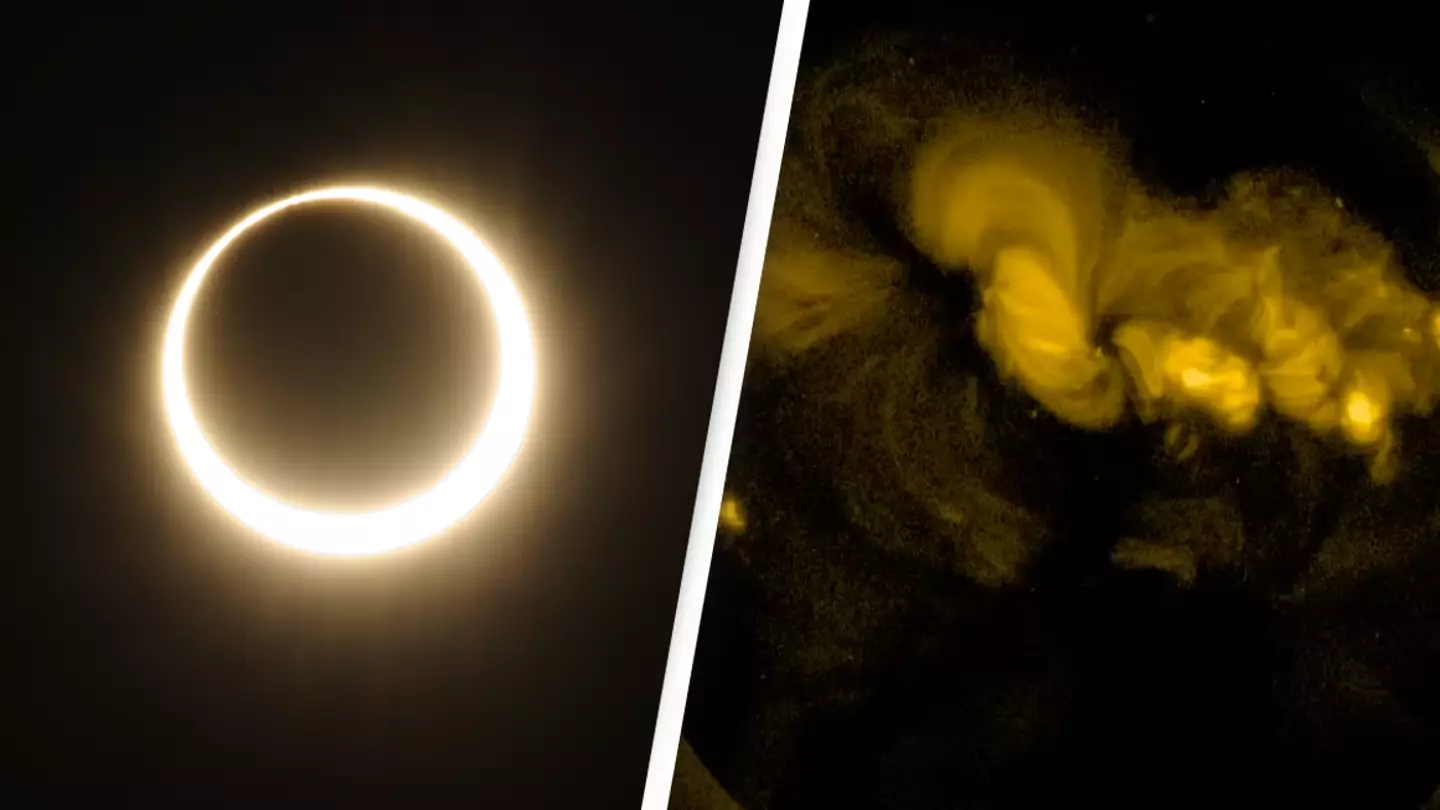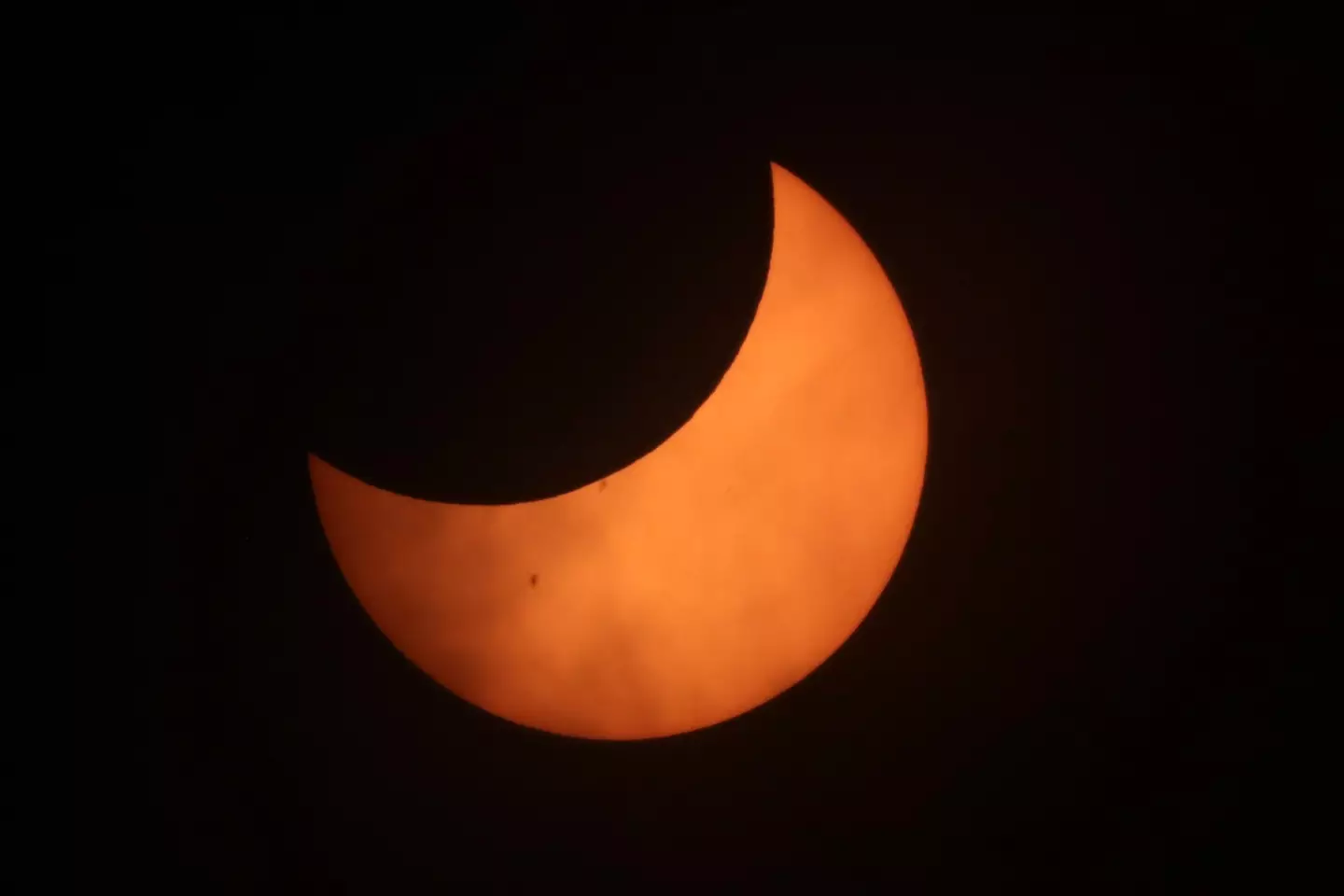
While many of us will get the chance to observe a solar eclipse next week, one man got to witness one from space.
On April 8, 2024, dwellers of Mexico, the United States and Canada will be able to look up into the sky and witness a total solar eclipse.
If you're unfamiliar, then the latter event will see the moon passing between the Sun and the Earth.
Advert
This movement will cause the sky darken and NASA advises that keen viewers wear specialized eye protection which is designed for solar viewing.
After Monday, you may be able to brag that you’ve seen a total solar eclipse - but can you imagine having the chance to witness it from actual space?

In March 2015, retired astronaut Terry Virts became one of the elite number of people who have seen an eclipse up close and personal.
Advert
Recounting the rare experience, the NASA expert recently revealed he was onboard the International Space Station (ISS) at the time of the eclipse.
Speaking to Mashable, the former ISS commander described a huge shadow cast over Earth, what he called a ‘big, dark thing that wasn’t natural’.
He said that he took in the spectacle from 250 miles up in space and had been peering out of the windows of the space station with a fellow astronaut.
"It blew me away," he explained. "It's an amazing, amazing experience.”
Advert
As well as witnessing a total eclipse in space, Virts experienced a partial one from Earth in 2017.

Comparing the two ‘unnatural’ occurrences, he told the publication: “On a scale of one to ten, a partial eclipse is a seven. And a total eclipse is a million.”
Richard Fienberg, an astronomer and senior advisor at the American Astronomical Society, also said that you ‘can’t overhype’ experiencing a total solar eclipse.
Advert
Ahead of the upcoming spectacle, experts have issued a warning to those who are willing to travel the length and breadth of the country to gain the best vantage point.
Aixa Diaz, a spokesperson for the American Automobile Association, warned USA Today readers by saying they should be willing to ‘pack their patience’.
He said: “Whether traveling a great distance or locally, people will be out and about to catch a glimpse of the eclipse.”
Lorain, a city in Ohio, is located on the edge of the eclipse’s central path and residents have been advised to cancel scheduled appointments on the day of the eclipse.
Advert
Touching on the event, Dave Freeman, Lorain County EMA director, said: "What we could have are crowds here that we’re not used to. We’re not set up infrastructure-wise for that, we don’t have the roads.”
Residents have also been warned to fill up their vehicles with gas as well as stock up on food and drink ahead of the eclipse.
Elsewhere, the EMA has warned that there could be some issues with cell phone signal during the event due to an increase of activity.
Topics: Science, Space, NASA, International Space Station
